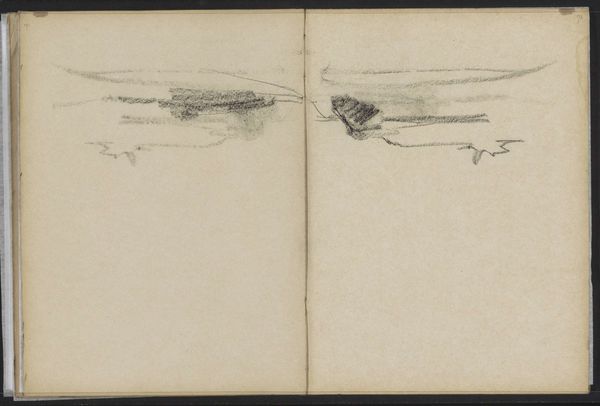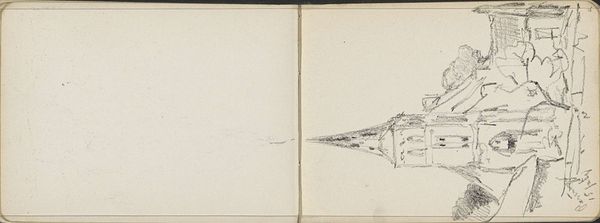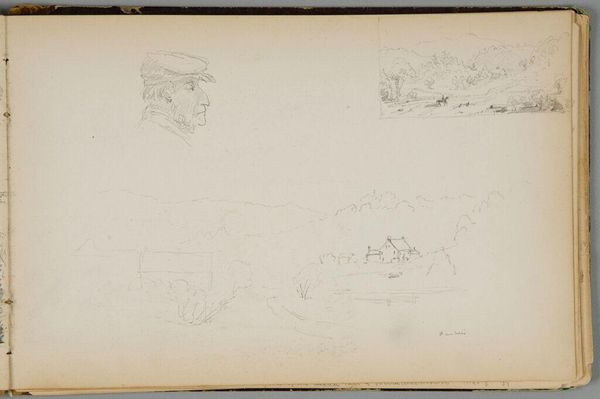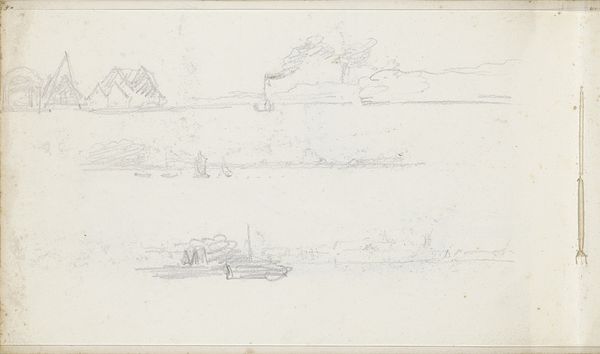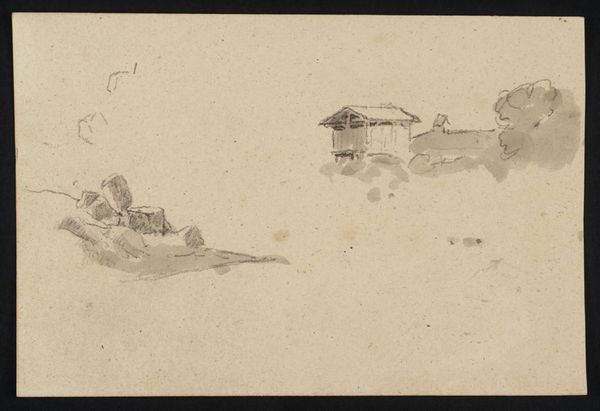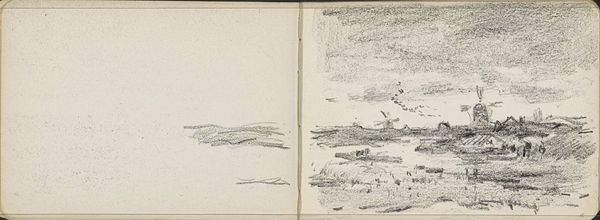
drawing, paper, pencil
#
drawing
#
impressionism
#
landscape
#
paper
#
pencil
Copyright: Rijks Museum: Open Domain
Curator: Here at the Rijksmuseum, we have a pencil drawing on paper, dating from about 1886 to 1891, titled "Landschap" by Willem Witsen. What strikes you first? Editor: Well, immediately, it's the brevity of it. It's almost spectral, like a landscape trying to remember itself. It has this raw quality to it, as if snatched straight from a dream. What was Witsen after? Curator: Witsen, deeply rooted in Dutch Impressionism, used these sketches as a crucial step for his paintings. He sought to capture the atmosphere, the fleeting emotion of a scene—essential for his broader artistic practice. Think of it as him distilling the very essence of the landscape. Editor: Yes, this makes sense. It seems that what he is pointing towards here is a radical departure from more polished modes. But if you ask me, there's something powerful in this near-abstraction. It's not just a landscape. What happens when we consider that landscapes themselves are never politically neutral? Curator: Ah, you're taking a sociopolitical slant, that's interesting! While Witsen may not have overtly aimed for political statements, art indeed often reflects, perhaps even subverts, societal norms and power structures—and can’t ignore its position. How would you see that reflected here? Editor: Look at what he *isn't* showing us. Where are the people? Where's the evidence of industry, the marks of colonialism that so deeply scarred this era? The omission becomes a form of commentary, or, perhaps a form of artistic license rooted in privilege. Curator: Interesting point! Or maybe, this almost bare, economical presentation pushes *us* to complete the picture, filling the voids, reflecting on the whole story, what’s been done and left undone...I find this simplicity… liberating, in a way. Editor: Liberating, yes, maybe for us as the viewers who have some remove from it. What Witsen gives us—or withholds—speaks to the complexities of observing landscape, both then and now. It leaves a space for grappling with how these lands are valued, controlled, and narrated, or un-narrated. Curator: Precisely, its openness allows room for a lot of readings. Now I see more than landscape drawing here! Editor: Right, exactly—art history should speak to theory and current issues, always, if it can.
Comments
No comments
Be the first to comment and join the conversation on the ultimate creative platform.
